Fortifying your home involves implementing strategic measures to enhance security and protect against potential threats. Whether you’re safeguarding against burglaries, natural disasters, or other emergencies, fortification aims to make your residence a safer haven. This comprehensive guide will cover various methods and technologies available for how to fortify your home.
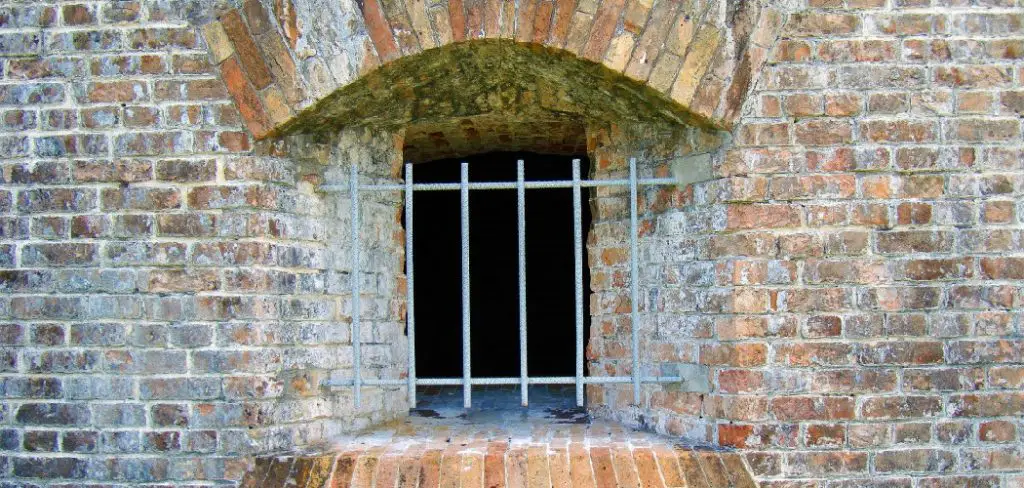
From reinforcing doors and windows with stronger locks and materials to installing security systems such as alarms and surveillance cameras, each step will be detailed to ensure comprehensive protection. Additionally, we’ll discuss landscaping tips, lighting strategies, and emergency preparedness measures to bolster your home’s defenses. By following these guidelines, you’ll not only increase your property’s security but also gain peace of mind knowing that you’ve taken proactive steps to safeguard your family and belongings.
Importance of Home Security
Home security is paramount in ensuring the safety and well-being of your family and property. With the rising incidence of burglaries and home invasions, implementing robust security measures has never been more crucial. A secure home acts as a deterrent to potential intruders, reducing the risk of theft and vandalism. Beyond the prevention of crime, home security systems also offer protection against fires, gas leaks, and other environmental hazards.
Modern security technologies enable real-time monitoring and prompt emergency responses, providing an additional layer of protection. Moreover, a well-secured home can potentially lower home insurance premiums, reflecting the reduced risk to insurers. Ultimately, investing in comprehensive home security measures not only protects physical assets but also offers invaluable peace of mind, allowing occupants to feel safe within their spaces.
10 Methods How to Fortify Your Home
1. Install High-Quality Deadbolts on All Entry Doors
Entry doors are the primary access points to your home, making them critical in your fortification efforts. Standard door locks can often be bypassed easily, but high-quality deadbolts add a significant barrier.
A deadbolt lock that extends at least one inch into the door frame is much harder to force open. Reinforcing the door frame with metal strike plates and long screws enhances this protection by making the frame itself more resistant to being kicked in. These additional measures ensure that even if an intruder attempts to break in, they will face considerable resistance, buying you time to respond or alert authorities.
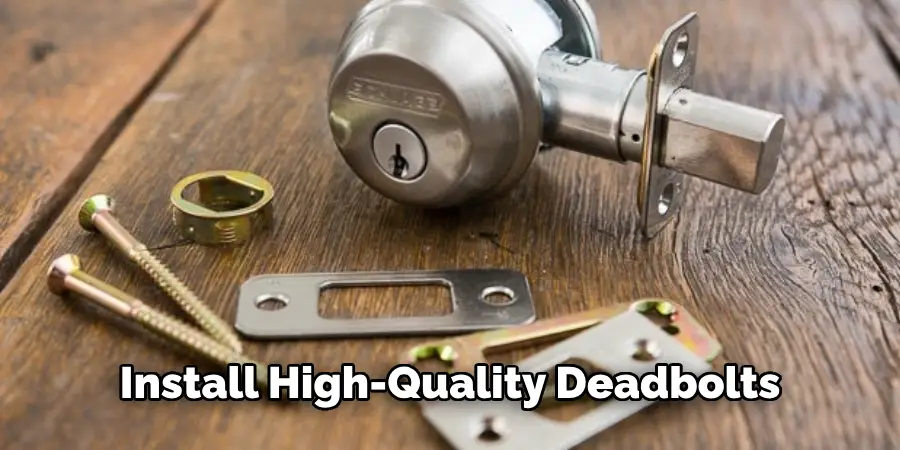
2. Reinforce Windows and Glass Doors
Windows and glass doors are among the most vulnerable points in your home’s security. Applying security film to the glass can make it shatter-resistant, preventing easy access even if the glass is broken. For higher levels of security, consider using polycarbonate or laminated glass, which is much more resistant to breakage than standard glass.
Installing window locks adds another layer of security by ensuring that even if the glass is compromised, the window cannot be easily opened. Window bars or grilles, especially on ground-level windows, provide a strong physical barrier against forced entry while allowing for ventilation and visibility.
3. Install a Comprehensive Security System
A comprehensive security system integrates various components to provide robust protection for your home. Surveillance cameras at all entry points and key areas inside the house monitor activity and provide evidence in case of an incident. Motion detectors trigger alarms or lights when movement is detected, alerting you and deterring intruders.
Systems that allow remote monitoring via a smartphone app enable you to keep an eye on your home from anywhere. Additionally, connecting the system to a central monitoring service ensures immediate emergency response, enhancing your home’s security even further.
4. Secure the Perimeter with Fencing and Gates
Securing the perimeter of your property acts as the first line of defense against intruders. A sturdy fence that is difficult to climb, combined with locking gates, creates a significant barrier. Chain-link fences can be effective, but solid fences made of wood, vinyl, or metal offer better security.
Electronic gates that can be controlled remotely add convenience and further enhance security by allowing you to control access to your property. Landscaping elements such as thorny bushes around the perimeter add a natural barrier, making it even more difficult for intruders to approach your home.
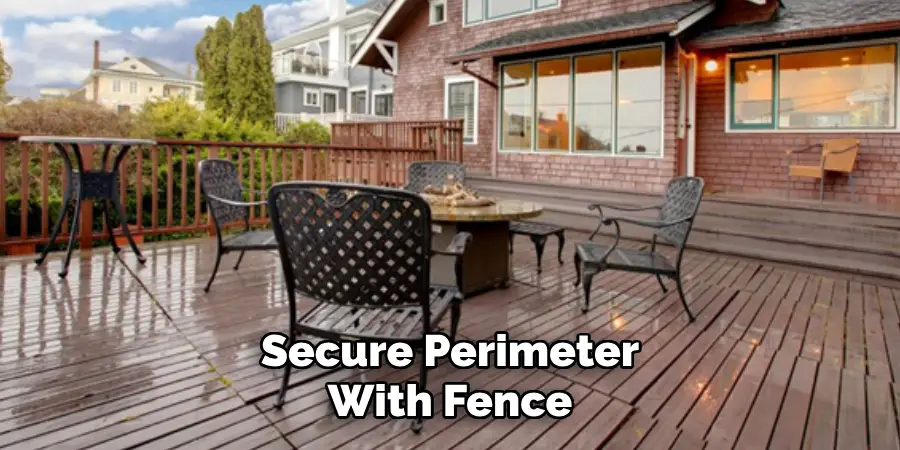
5. Improve Exterior Lighting
Proper exterior lighting is a powerful deterrent against intruders. Motion-activated lights around the perimeter of your home illuminate when movement is detected, startling potential intruders and making it difficult for them to remain unnoticed. Timed or smart lighting systems ensure your home is well-lit during evening and nighttime hours, even when you are not home. Well-lit exteriors reduce hiding spots and increase the visibility of your property, making it less attractive to burglars. Ensure all entry points and dark areas around your home are well-lit to maximize security.
6. Reinforce Garage Security
Garages are often overlooked in home security plans but can be a weak point. Ensure your garage door has a robust locking mechanism and use it in addition to any electronic opener. Install a deadbolt on any doors leading from the garage into the house for added security. Smart garage door openers that can be monitored and controlled remotely provide additional peace of mind. Cover any garage windows to prevent intruders from seeing inside, and keep valuable items out of sight. Regularly inspect the garage door and locking mechanisms for signs of wear or damage and repair them promptly.
7. Create a Safe Room
A safe room provides a secure location within your home where you can retreat in case of an emergency. Choose a room with few windows and a solid core door that can be reinforced with a deadbolt lock. Equip the room with essential emergency supplies such as water, food, a first-aid kit, and communication devices like a phone or a radio. Consider installing a security camera inside the safe room to monitor the situation outside. The safe room should also have a direct line to emergency services. Ensure all family members know the location and the procedure for accessing the safe room, so everyone can quickly and safely retreat in an emergency.
8. Strengthen Doors and Door Frames
In addition to installing high-quality deadbolts, it’s important to strengthen the doors and door frames themselves. Solid wood or metal doors are much more secure than hollow-core doors. Reinforce the door frame with a door jamb reinforcement kit, which includes metal plates that are installed around the strike plate and hinges to prevent the door from being kicked in.
Install hinge bolts to secure the door against attacks on the hinge side. Door armor kits are also available and provide comprehensive reinforcement for both the door and frame, significantly increasing their resistance to forced entry. Strengthening these areas ensures that even determined intruders will find it challenging to breach your entry points.
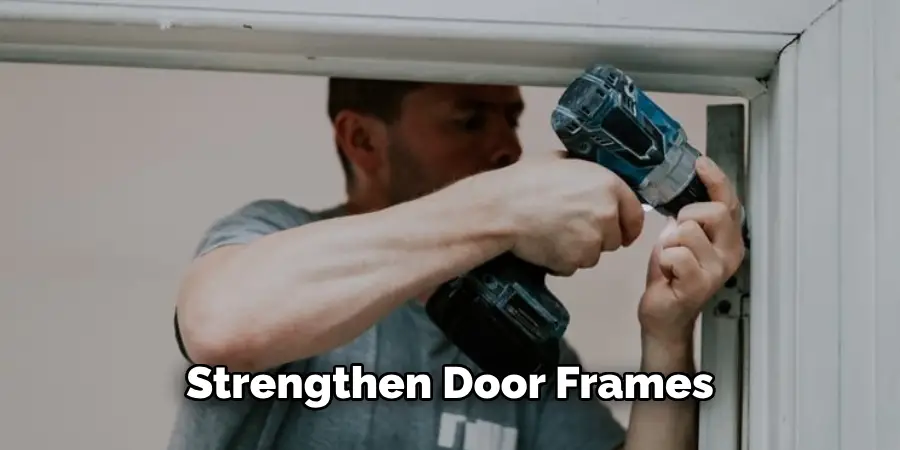
9. Use Smart Home Technology
Smart home technology can significantly enhance the security of your home. Smart locks, for instance, allow you to control and monitor your door locks remotely. You can receive notifications when someone enters or exits your home and even provide temporary access to trusted individuals. Smart doorbells with built-in cameras allow you to see and communicate with visitors from anywhere.
Integrate your security system with smart home devices to create automated routines, such as turning on lights when motion is detected or locking doors at a certain time. These technologies not only enhance security but also provide convenience and peace of mind. Additionally, smart home systems can be integrated with other security measures like cameras, alarms, and sensors to create a cohesive and comprehensive security network.
10. Conduct Regular Security Audits
Regular security audits are essential for maintaining and improving your home’s security. Periodically inspect all entry points, including doors, windows, and the garage, for signs of wear or damage. Test your security system to ensure all components are functioning correctly. Review and update your security measures as needed, considering any new vulnerabilities or advancements in security technology.
Involve all household members in the audit process to ensure everyone understands the security protocols and knows how to respond in case of an emergency. Regular audits help identify potential weaknesses and ensure your home remains fortified against threats. Keeping a detailed log of your security checks and any changes made can also be useful for tracking improvements and identifying recurring issues.
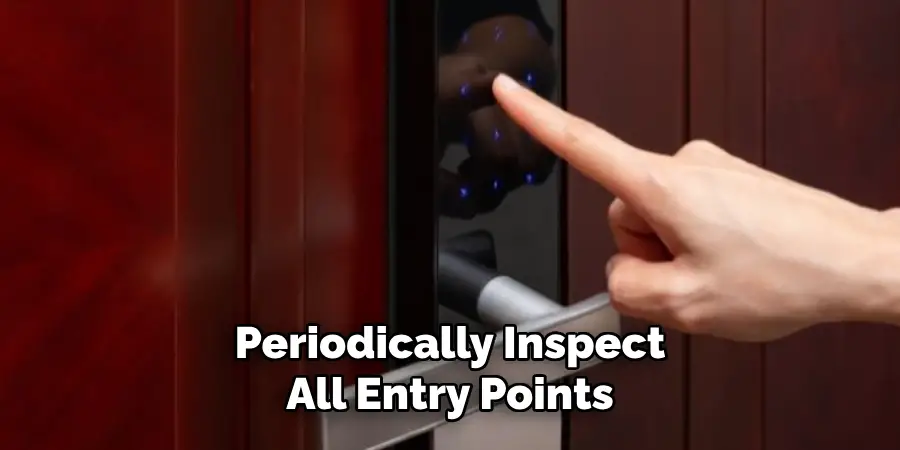
Conclusion
Securing your home requires a multi-faceted approach that goes beyond just locking the doors. By implementing a combination of physical barriers, advanced technology, and regular maintenance, you can significantly enhance the safety of your property. From installing high-quality locks and reinforcing entry points to utilizing smart home technology and conducting regular security audits, each step contributes to a comprehensive security plan.
Remember, the goal is to create layers of security that deter intruders and provide peace of mind for you and your family. Taking these proactive measures will not only protect your home from potential threats but also give you the confidence to enjoy your living space without constant worry. Thanks for reading, and we hope this has given you some inspiration on how to fortify your home!
